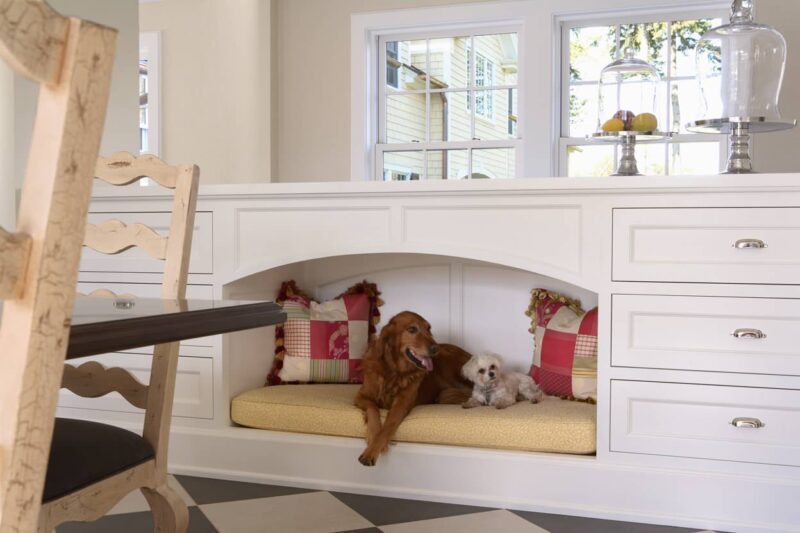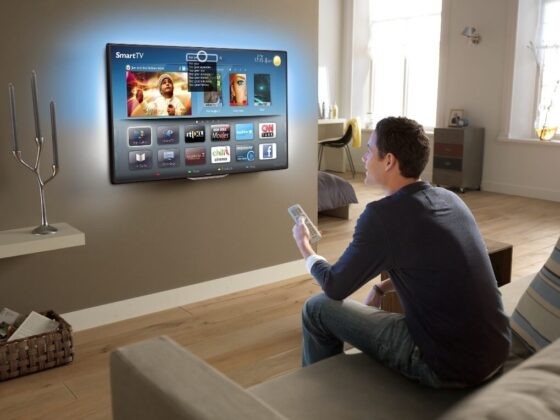Getting ready to welcome a furry friend is exciting. I remember the days before my cat arrived—a mix of eagerness and pure chaos as I scrambled to figure out how to prepare. You want to make sure they feel comfortable and safe, but where to start? As a proud cat parent and pet lover, I’ve got some useful tips to help make your space cozy, practical, and pet-friendly.
Key Points:
- Keep essentials accessible and organized for smooth setup.
- Choose furniture and items that withstand pet wear-and-tear.
- Ensure enough space for pets to roam and feel secure.
- Set up litter boxes, toys, and sleeping areas in accessible spots.
- Pet-proof your space to avoid accidents or damage.
- Introduce pets to their new space gradually, easing their transition.
1. Picking the Right Space for Your New Friend
Every pet deserves their own little haven. Start by finding a spot in your living space that’s both cozy and quiet. For cats, especially certain breeds like Maine Coons, make sure there’s room to stretch out. Maine Coons need extra space because of their size and playful energy; they’re like little lions roaming around. Give them a cozy corner where they can retreat, ideally a nook that’s away from foot traffic and distractions.
2. Furniture That Holds Up Against Claws and Paws

Here’s the reality check ─ pets aren’t gentle with furniture. I learned this the hard way after my cat turned my favorite couch into a scratching post. So, invest in pet-resistant fabrics or covers. Leather and microfiber tend to hold up better, or go for materials with tighter weaves that resist snagging. And if your furniture does suffer a few scratches, I say embrace it—it’s part of the charm of having a pet.
3. Pet Essentials Station ─ Keep Supplies Handy
Set up a central station for your pet’s essentials. This keeps you from tearing your place apart when you need a quick snack, brush, or toy. Here’s a simple checklist for your essentials station:
|
Essentials |
Purpose |
| Food and water bowls | Daily nourishment and hydration |
| Litter box (for cats) | Private spot for bathroom needs |
| Toys | Keeps your pet entertained |
| Scratch post or pad | For cats to file claws naturally |
| Grooming tools | Helps control shedding |
| Carrier | For transport or vet visits |
Having everything in one spot makes life so much easier. Trust me, when your cat suddenly darts across the room after a fly, you’ll be thankful for the organized setup.
4. Litter Box Location Matters More Than You Think
Now, for cat owners, the litter box is non-negotiable. Picking the right place for it can make or break the vibe in your home. Cats value privacy but don’t want to feel trapped. Choose a spot that’s accessible but discreet, maybe in a corner or behind furniture. Avoid high-traffic areas, and if you can, have a few options—particularly in a multi-story space. Cleanliness is key, too; a tidy litter area keeps everyone happy.
5. A Personal Playground ─ Toys and Entertainment
Every pet needs their entertainment, especially cats, who, despite their “I don’t care” attitude, get bored quickly. Stock up on interactive toys, catnip-filled goodies, or laser pointers. When I first got my cat, I underestimated how much energy she’d have; she could chase that laser light around for hours. Also, rotate toys now and then. It keeps the environment stimulating and fresh.
6. Pet-Proofing ─ Secure Your Space
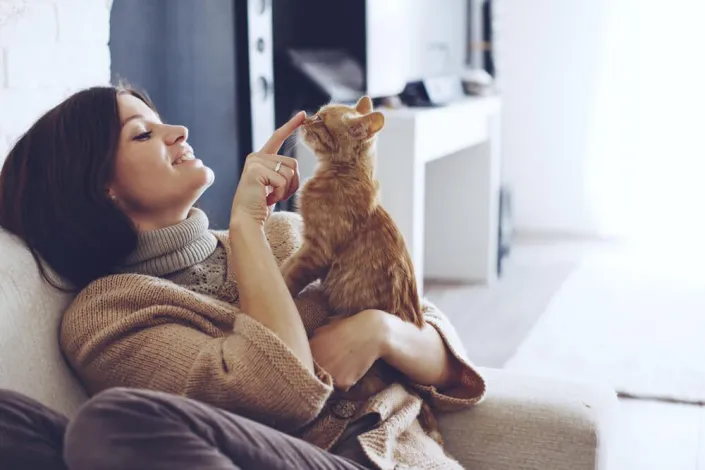
Just like with kids, a few adjustments can save a lot of headaches. Cats, in particular, love to knock things over. So, secure any breakable items on shelves and hide cords—they seem to have a magnetic attraction to anything that dangles. I once had my cat pull down a whole curtain rod; let’s just say lesson learned. Here’s a quick list of what to check:
- Move delicate items out of reach.
- Secure electrical cords and cables.
- Cover trash cans, especially if you’re keeping food scraps around.
- Install baby gates if needed to block off certain areas.
7. A Cozy Sleeping Spot
Creating a warm, soft spot for your pet is a must. Cats are creatures of comfort; they’ll seek out the warmest, softest place in your home, whether it’s intended for them or not. A cozy bed tucked in a quiet corner works wonders, especially with a soft blanket or fleece. I’ve caught my cat sleeping in the strangest places, from the laundry basket to the middle of my paperwork. But having a designated bed keeps them happy and saves your laundry.
8. The Great Outdoors (from Indoors)
If you have a cat, consider setting up a window perch or an enclosed patio area, sometimes called a “catio.” My cat could sit for hours watching birds from her perch by the window. It’s like her own little soap opera. You don’t need to go all out with a custom setup; even a simple perch on a windowsill can keep a curious cat entertained.
9. Gradual Introductions ─ Easing Into Their New Space
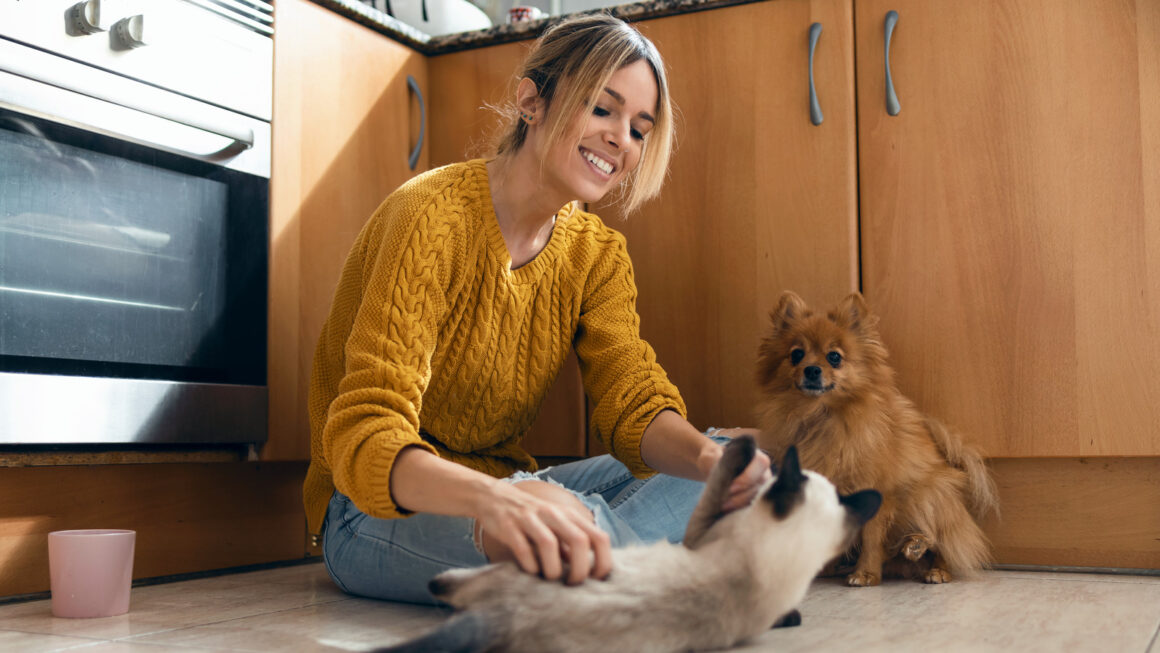
Some pets take to new environments instantly, but others need a bit of coaxing. My cat hid under the couch for the first week, only coming out for meals. Give them time, introduce one area at a time, and let them adjust at their own pace. Don’t force them to explore the whole space immediately; let them discover it in stages.
10. Hygiene and Cleaning Routine
Pets, especially cats, are generally clean animals, but a routine cleaning schedule is essential. Keep up with litter changes, vacuum regularly to reduce hair buildup, and wipe down their eating area. It’s worth the extra five minutes a day to keep things fresh—trust me, you’ll thank yourself later. Plus, fewer allergens around the space mean everyone breathes easier.
11. Feeding Stations ─ Simple and Organized
Setting up a dedicated eating area is more important than you’d think. Cats, in particular, appreciate having a consistent spot for meals. Keep their bowls in a quiet corner, and place a mat under it to catch any spills. It’s practical and keeps your floors safe from water spills or food crumbs. Here are a few tips to make feeding time as smooth as possible:
- Choose elevated bowls ─ Cats prefer eating from a slightly raised position. Elevated bowls can reduce strain on their neck and prevent digestion issues, especially for older cats.
- Use a non-slip mat ─ Mats with non-slip backings keep bowls from sliding around, even if your cat is a little too enthusiastic about meal times. Look for mats that are easy to clean.
- Opt for stainless steel or ceramic bowls ─ These materials are durable, easy to clean, and don’t hold odors like plastic can. They also help avoid the risk of “cat acne” caused by bacteria build-up on plastic bowls.
- Separate food and water ─ Cats often prefer to have water in a separate location from their food. Try placing their water dish a little farther away to encourage them to drink more.
- Keep it away from the litter box ─ Cats are naturally clean creatures and don’t like their food area near their bathroom space. Ensure there’s a reasonable distance between the feeding station and any litter box.
- Use portion-control bowls for easy feeding ─ If you’re managing their diet or portion size, look for bowls with built-in measuring indicators. It takes the guesswork out of meal times and helps maintain a healthy feeding routine.
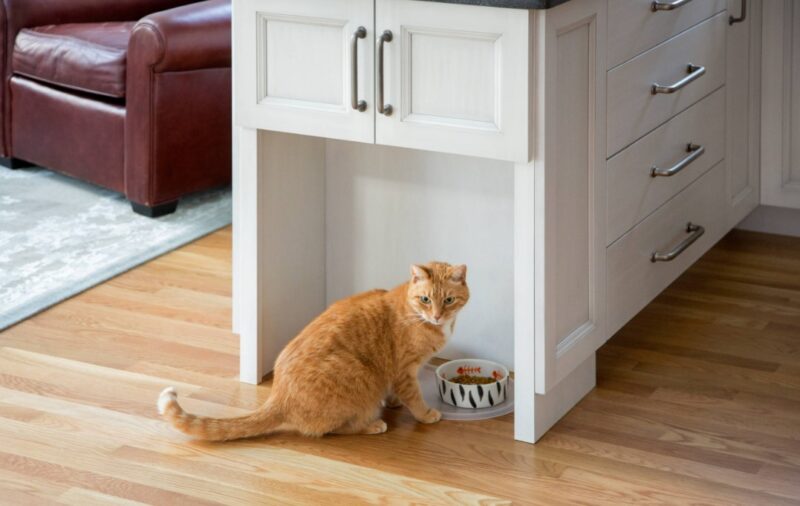
Time to Celebrate!
Once you’re all set up, sit back, and enjoy the moment. Having a pet in the house is one of the best joys, and seeing them comfortable and happy in their new space is worth all the effort. Nothing beats that warm feeling when they start to feel at home—especially when they decide to curl up next to you after a long day.
Embrace the quirks that come with living with a pet; they add personality to any space. With a bit of planning and love, you’ll have a pet-friendly haven that both you and your new friend will cherish.

